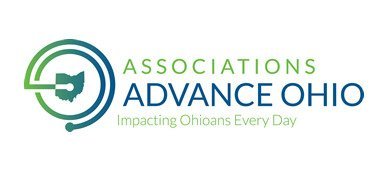Complete Story
07/31/2025
Ethics in Action
Clear reporting channels protect people and principles
In most associations, a code of ethics, or member code of conduct, offers more than aspirational guidance—it defines behavioral boundaries and flags potential violations. When those boundaries are crossed, clear and safe reporting channels are essential.
According to the Ethics & Compliance Initiative’s Global Business Ethics Survey, many employees face pressure to compromise ethical standards, often within workplace cultures marked by fear. This makes speaking up difficult. Clear escalation pathways are vital, especially when issues arise from within or are observed by those inside or outside the organization.
Types of Reporting
- Self-reporting
Some individuals report concerns about their own past or current actions or seek clarity on whether they’ve violated a policy. This proactive step helps address issues early and responsibly. - Internal observer reporting
Colleagues who witness unethical behavior but aren’t directly involved should feel empowered to report without fear of retaliation. Building trust is key to supporting internal observers. - External observer reporting
Vendors, partners, or community members may notice conduct that requires attention. These stakeholders need accessible, confidential ways to share concerns and feel assured their input matters.
Setting Clear Protocols
Regardless of who raises a concern, associations need a consistent and transparent process.
For instance:
- If the concern involves a manager, it may be directed to their supervisor
- If it involves the executive director, it might go to a board member
- If the board is implicated, the concern might be elevated to legal counsel or an ethics committee
Quickly acknowledging the report builds confidence. Delayed responses erode trust. Many organizations set escalation timelines: If no response is received within a set time (e.g., 72 hours), reporters may escalate the issue to the next level.
Once a report is filed, the organization must foster a safe environment. While laws offer some protection from retaliation, internal policies should go further. Creating psychological safety and mutual trust helps ensure ethical behavior is encouraged, not suppressed.
The Art of Raising Ethical Questions
When facing ethical gray areas, asking the right questions can bring clarity:
- What rule or policy may have been violated?
- What risk does this pose to the association or its people?
- Was this action intentional or unintentional?
- Is external intervention needed?
- What steps have already been taken to address it?
These questions help frame the issue constructively, promote critical thinking, and support ethical decision-making.
Navigating Ethics and Law: Insights From ACLP
Certified Child Life Specialists (CCLS) operate in emotionally and legally complex environments. They must balance the ethical standards of the Association of Child Life Professionals with varying state laws.
In recent member discussions, ACLP CEO Alison Heron shared how the association handles cases where ethical duties and legal mandates seem misaligned. Heron and the board have reviewed real scenarios, such as when strict legal adherence could appear to conflict with core values.
To support members, ACLP has
- Promoted transparency through open conversations about complex cases
- Offered legal consultation and state-specific reporting resources
- Ensured that its code of conduct stays relevant and aligned with daily practice
This approach empowers professionals to make sound, compassionate decisions without compromising compliance. As Heron put it: “clarity without compromise, compassion with compliance.”
A Culture of Integrity
Speaking up should never be risky or unclear. Associations without strong guidance or a culture of psychological safety increase their ethical and reputational risk.
Creating a culture of integrity includes
- Transparent reporting protocols
- Clear paths for raising concerns
- Timely responses and escalation procedures
- Strong anti-retaliation protections
When people feel safe, heard, and supported, they are more likely to act ethically. Leadership must actively model these values and create systems that reinforce trust, accountability and ethical behavior at every level.
Please select this link to read the complete article from ASAE. Thank you to ASAE for allowing OSAP to share this valuable and timely article with our members. It originally appeared on ASAE's Center for Association Leadership on July 30, 2025 and was written by Mariama Boney, CAE and Adrian Stratton, MBA, CPP, PRP.






